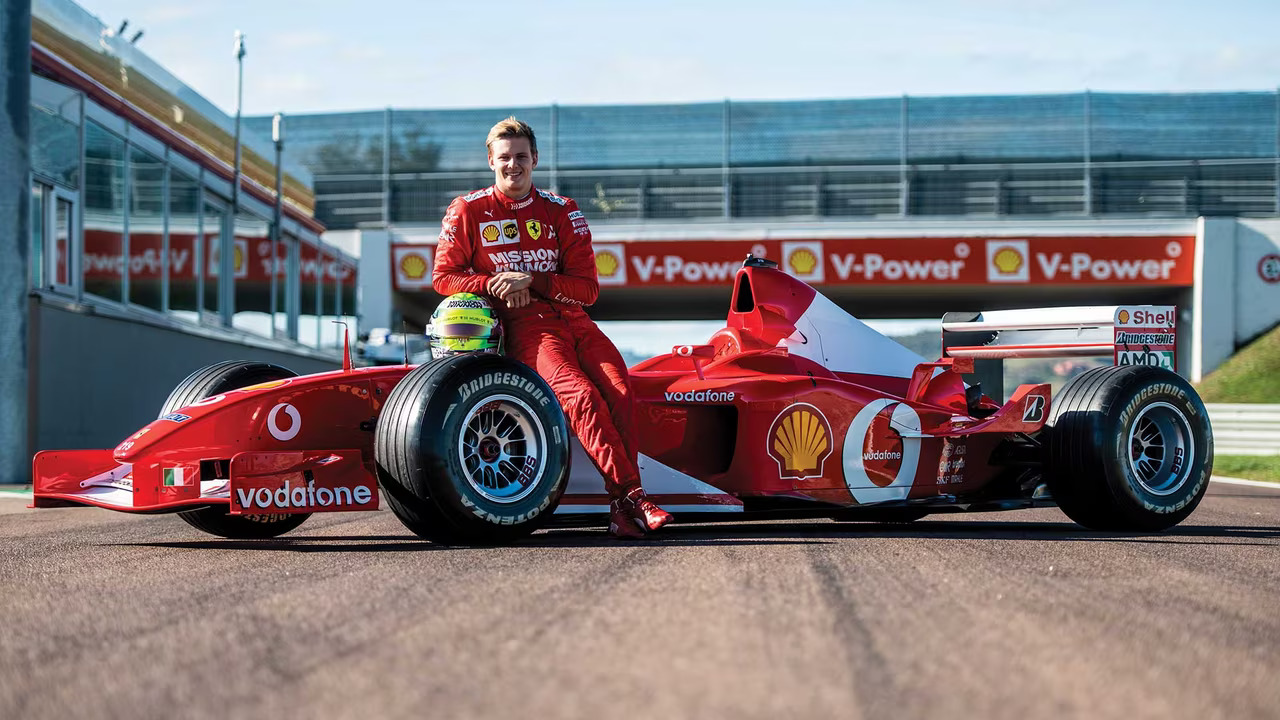Some cars are built to dominate race tracks for years, but others are created for just one event. These machines push engineering to its limits, designed with a single goal—winning a specific race.
Whether it’s endurance racing, hill climbs, or high-speed challenges, manufacturers have built special cars that were never meant for anything beyond that one competition.
Automakers often pour massive resources into developing these unique race cars. They tweak aerodynamics, push engines to extreme levels, and remove every unnecessary part to shave off weight.
Some of these cars succeed, while others fail spectacularly. But one thing remains the same—they leave a lasting mark on racing history, even if they never compete again.
These one-time racing machines come from different eras and racing categories. Some were designed for legendary endurance races, where surviving the event was just as important as speed.
Others were built for short bursts of power, meant to conquer a single track or break a speed record. Each car tells a fascinating story of ambition, competition, and sometimes, disappointment.
Regulations often change, preventing these cars from returning. Some are banned because they are too fast or too dangerous. Others become obsolete when racing rules shift, leaving them as forgotten legends. While a few lucky ones find a second life in exhibition runs, most fade into history after their one moment in the spotlight.
Despite their short-lived careers, these cars are proof of human ingenuity. Engineers and designers push boundaries to build the fastest, most advanced machines possible.
Some of these cars influence future models, while others remain one-of-a-kind creations, never to be replicated. But whether they win or lose, they always impact the racing world.
10) McLaren MP4/2
The McLaren MP4/2 is one of the greatest Formula 1 cars ever built, designed by John Barnard. While Barnard later worked on impressive Ferrari cars, many consider the MP4/2 his finest creation.
This car made its debut in 1984 and was immediately successful, winning its first race. That season, it went on to claim 11 more victories, proving its dominance on the track.
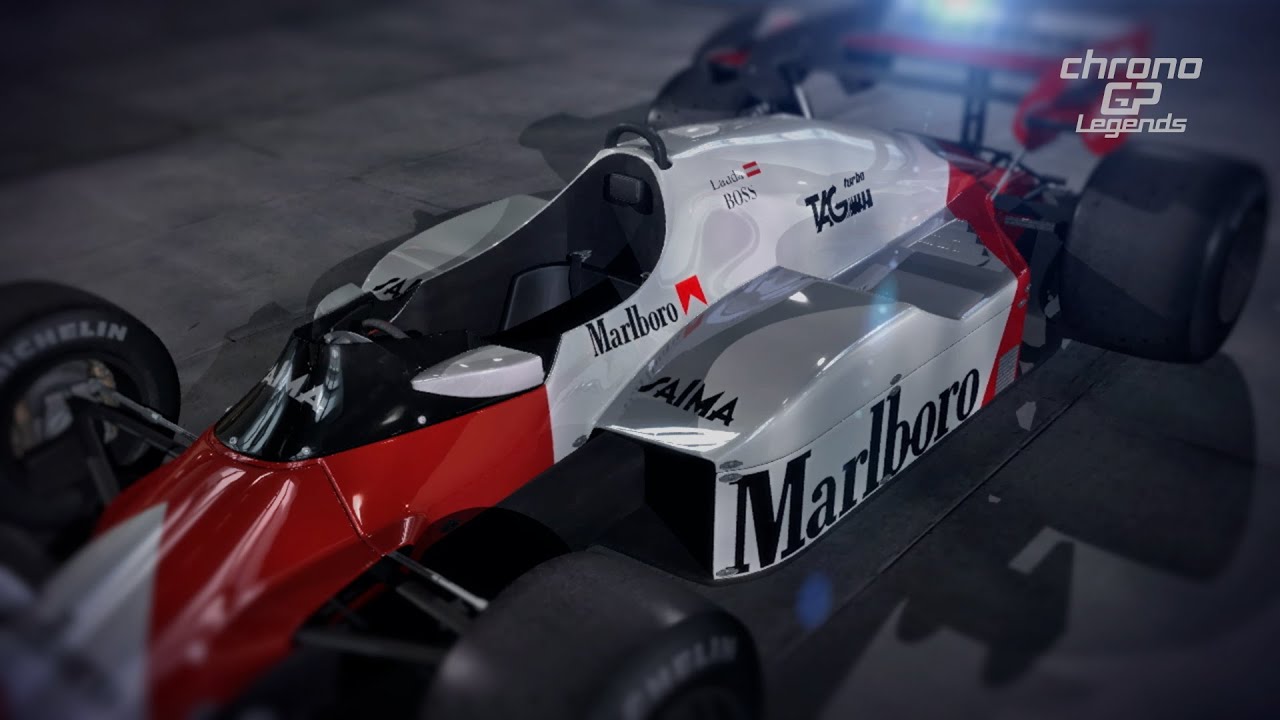
Over three years, the MP4/2 won two constructors’ championships, securing McLaren’s place as the top team. It also helped legendary drivers win titles, including Niki Lauda, who claimed his third and final championship in 1984. Alain Prost later won two more titles with the car, further cementing its legacy in Formula 1 history.
A key reason for the MP4/2’s success was its innovative design. It followed the MP4/1, which had introduced a lightweight all-carbon chassis. The MP4/2 improved on this by adding a powerful TAG-badged Porsche engine. The combination of a strong chassis and a reliable turbocharged engine made it almost unbeatable in races. Other teams struggled to keep up, sometimes even finishing a lap behind.
However, the car was not as impressive in qualifying. Unlike rival teams such as Brabham, which used special high-powered engines for qualifying, McLaren stuck to race-spec engines.
This decision was due to the team financing its own engines, meaning they could not afford to push them to extreme limits. As a result, the MP4/2 often started races from lower grid positions.
Despite this weakness, the car was incredibly strong on race day. It remained dominant until 1986 when Williams introduced a more powerful car with a Honda engine. Even then, Alain Prost’s skill helped the MP4/2 secure another drivers’ title. This car remains a legendary piece of Formula 1 history, remembered for its remarkable achievements.
Also read: 12 Legendary Car Engines That Are Still Used Today for Performance
9) Lotus 72
The Lotus 72 may not have the highest number of wins in Formula 1, but its achievements make it one of the most legendary cars in racing history. Across six seasons, it secured 20 victories, winning three Constructors’ Championships and two Drivers’ Championships. Unlike many dominant race cars, its success was spread over multiple years, proving its lasting impact.
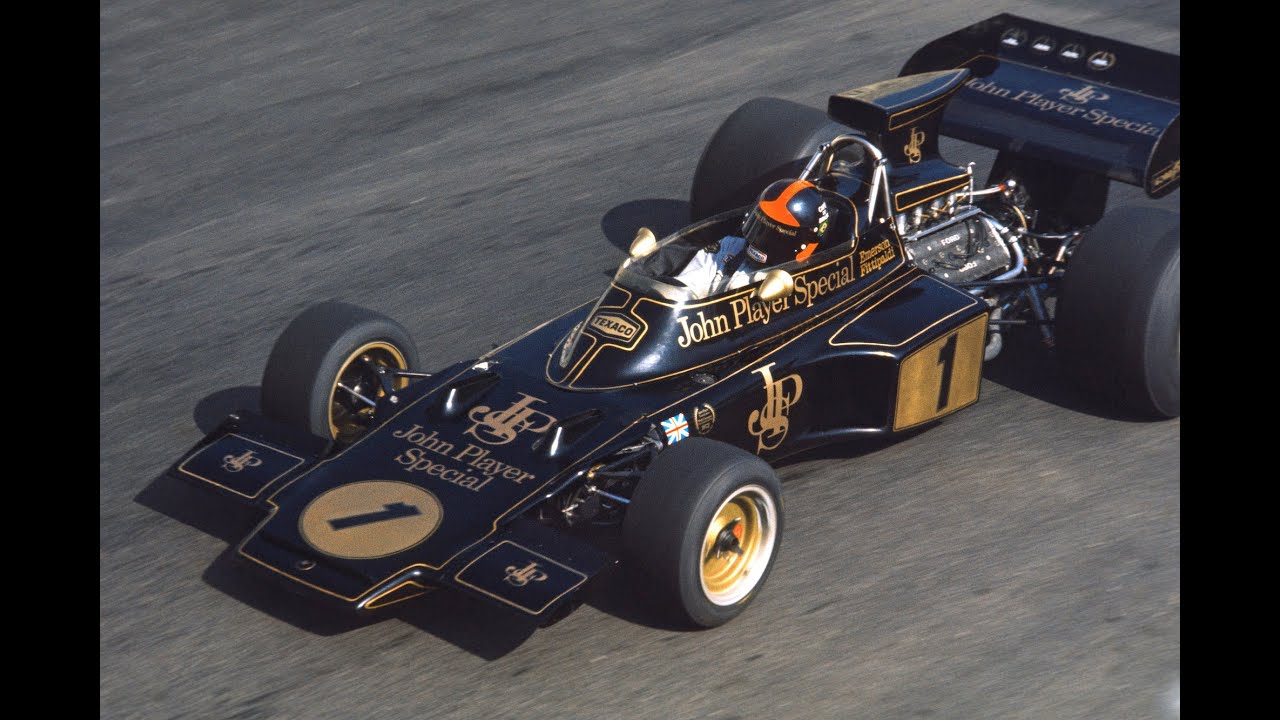
When the Lotus 72 was introduced, it was a complete revolution in F1 design. Created by Colin Chapman, it featured advanced engineering, including inboard brakes, side-mounted radiators, and an overhead air intake. The car’s wedge-shaped body was a big departure from the traditional cigar-shaped cars of that era, setting a new standard for aerodynamics in Formula 1.
The car made its debut in the middle of the 1970 season. Jochen Rindt, Lotus’s star driver, initially had trouble but quickly found success. After his first race retirement, he won four races in a row. Tragically, Rindt lost his life in a crash at Monza, but he had already gained enough points to become the first and only posthumous Formula 1 World Champion.
In honor of Rindt, Emerson Fittipaldi won the penultimate race of the season, further proving the car’s strength. The following year was less successful, but Lotus continued improving the car, evolving it into the 72C and then the 72D. In 1972, Fittipaldi secured five wins and won the championship, while in 1973, he and Ronnie Peterson combined for seven more victories, giving Lotus another Constructors’ title.
Even in 1974, the Lotus 72E was still competitive, with Peterson adding three more wins. However, by 1975, the car was struggling against newer designs, leading to the development of the Lotus 77. Despite this, no other F1 car has remained competitive for as long as the Lotus 72, making it a true legend.
8) Alfa Romeo 158/9 Alfetta
The Alfa Romeo 158, also known as the “Alfetta,” was first built in 1937, long before Formula 1 officially began. It was originally designed for voiturette racing, a category for smaller, lightweight race cars. Despite being built for a different era, the Alfetta proved to be an incredible machine, winning 37 out of 41 races before World War II.
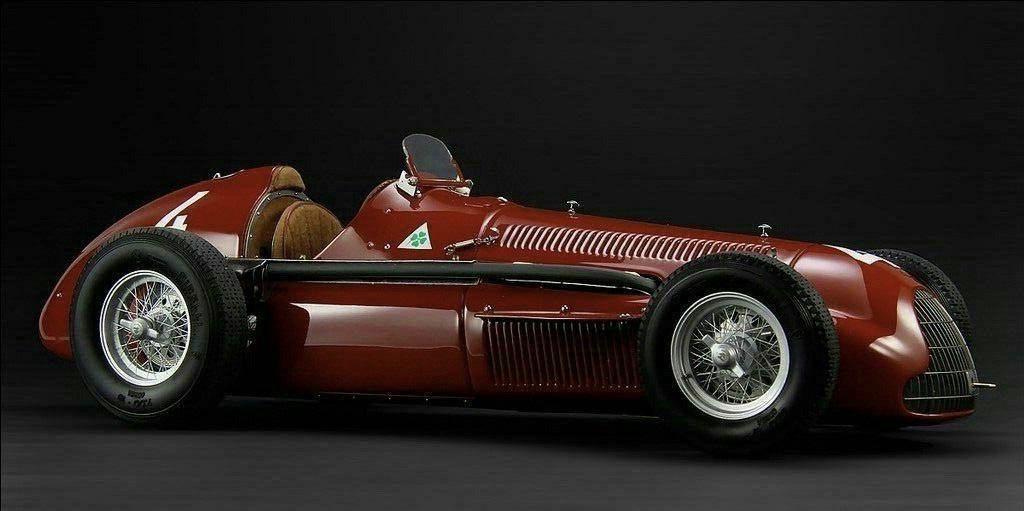
Even before its official F1 debut, the Alfetta had already shown its dominance. Designed by Gioachino Colombo, the car featured a supercharged 1.5-liter straight-eight engine. This same engineer later became famous for designing Ferrari’s V12 engines. Alfa Romeo used the 158 in various grand prix races before the war, proving it was ahead of its time.
When motorsport returned in 1947, the Alfetta was brought back with major upgrades. Its engine was now much more powerful, producing over 350PS (261kW). By the time Formula 1’s first official season began in 1950, the car had been perfected into a race-winning machine. At the season opener, the front row was completely filled with Alfa Romeo 158s, driven by legends like Giuseppe Farina, Juan Manuel Fangio, Luigi Fagioli, and Reg Parnell.
The race ended just as expected—Farina won, followed by Fagioli and Parnell. This level of dominance continued throughout the 1950 season. Alfa Romeo won all six races it entered, only missing out on the Indy 500, which was part of the championship but not a traditional F1 race. If the team had participated, the Alfetta might have set records that still stand today.
Alfa Romeo’s success did not stop there. In 1951, the car received even more upgrades, with its engine boosted to 420PS (313kW). This helped Juan Manuel Fangio win three races and claim his first of five F1 championships. The Alfetta remains one of the most dominant and influential race cars ever built.
7) Red Bull RB9
Red Bull’s dominance in Formula 1 from 2010 to 2013 was incredible, with Sebastian Vettel leading the charge. However, the team reached its peak in the second half of 2013 with the Red Bull RB9. During this time, Red Bull and Vettel were nearly unstoppable, securing one of the most dominant seasons in F1 history.
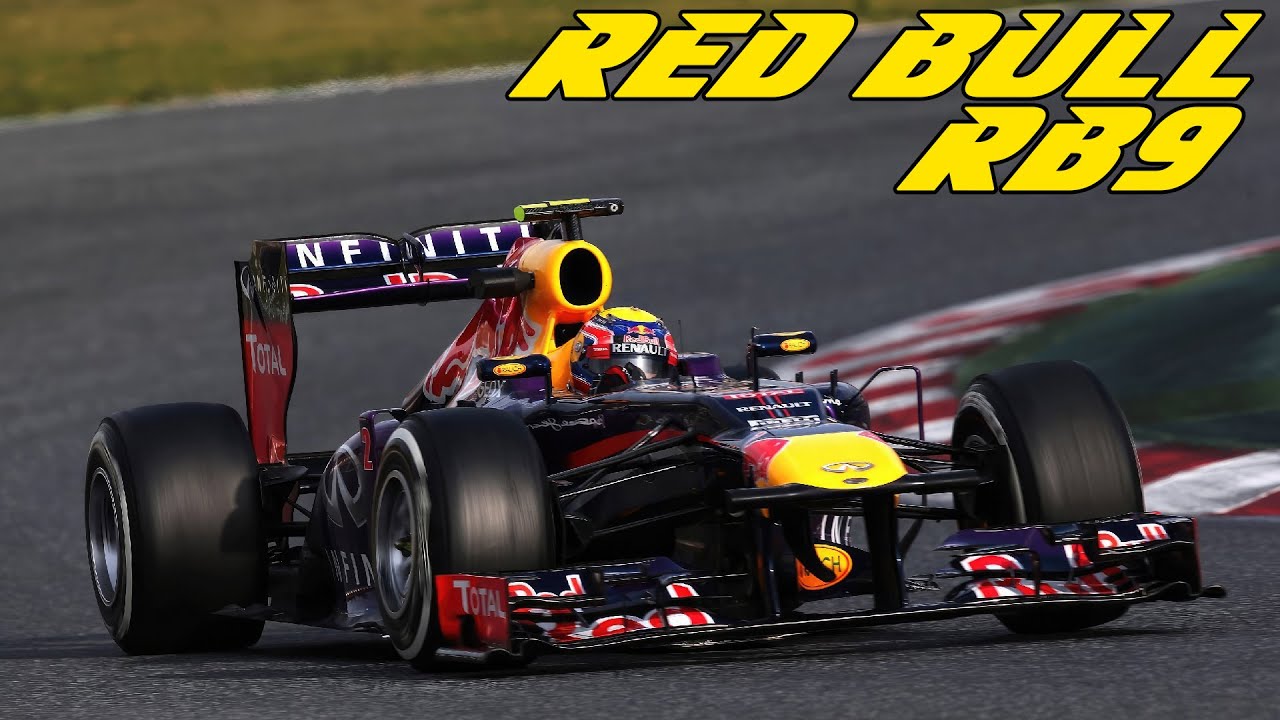
In 2010 and 2012, Fernando Alonso came close to winning the championship with Ferrari, despite having a slower car. In 2010, he missed out on the title because he couldn’t pass Vitaly Petrov in the final race. In 2012, he once again fought hard but fell short. However, by 2013, Red Bull’s RB9 completely outclassed the competition.
At the start of the 2013 season, the fight between Vettel and Alonso was close, with both drivers winning races. But something changed in the second half of the year. Vettel became unbeatable, winning nine races in a row. This record-breaking streak crushed Ferrari’s hopes and left the rest of the field struggling to keep up.
What made the RB9’s success even more surprising was that it wasn’t fully developed when the season started. Red Bull had spent more time than planned improving the RB8 for the 2012 title fight, which delayed work on the RB9. The car used a Renault engine, which was not as strong as Ferrari’s or Mercedes’ power units. Yet, despite these challenges, the RB9 became one of the most dominant F1 cars ever.
Adrian Newey, Red Bull’s legendary designer, later admitted that if the RB9 had received a full development program, it could have been even faster. The idea of an even more powerful RB9 is a frightening thought, considering how much it already dominated Formula 1.
6) Mercedes W07 Hybrid
Mercedes’ dominance in Formula 1’s hybrid era is one of the greatest achievements in the sport. Their success even surpasses Ferrari’s dominance in the early 2000s. While they may not have had a single season as dominant as McLaren’s MP4/4 in 1988, Mercedes’ ability to win for many years made them one of the most successful teams ever.

Among all the cars Mercedes built, the W07 Hybrid stands out as one of the best. This was the car that Nico Rosberg used to win the 2016 championship. However, Lewis Hamilton also won 10 races that year, proving how strong the W07 was. The car achieved 19 race wins, a record at the time, along with 765 points, 33 podium finishes, and 20 pole positions.
One of the biggest reasons for Mercedes’ success was their deep understanding of the 1.6-liter V6 hybrid regulations. The W07 used the PU106C engine, which was the most powerful on the grid. This gave Mercedes a clear advantage, allowing them to create a car that was not only the fastest on straight lines but also the best in the corners.
Because of this superior performance, the W07 was nearly unbeatable. Other teams struggled to match its speed, and only Rosberg and Hamilton were able to challenge each other. The team’s dominance was so strong that by the end of the season, Mercedes had set records that took years to break.
Even today, Mercedes team principal Toto Wolff is working hard to bring the team back to that level of success. The W07 Hybrid remains one of the most dominant and well-balanced cars in Formula 1 history, proving that Mercedes’ era of control was built on both power and precision.
Also read: 10 Performance Cars That Come With a Factory Roll Cage
5) Ferrari 500
When Alfa Romeo could no longer afford to continue in Formula 1, it left a huge gap at the top. Ferrari stepped in to fill that gap, taking full advantage of the changing regulations. In 1952, Formula 1 was temporarily replaced by Formula 2 rules, and Ferrari was the only team to build a car specifically for this format.
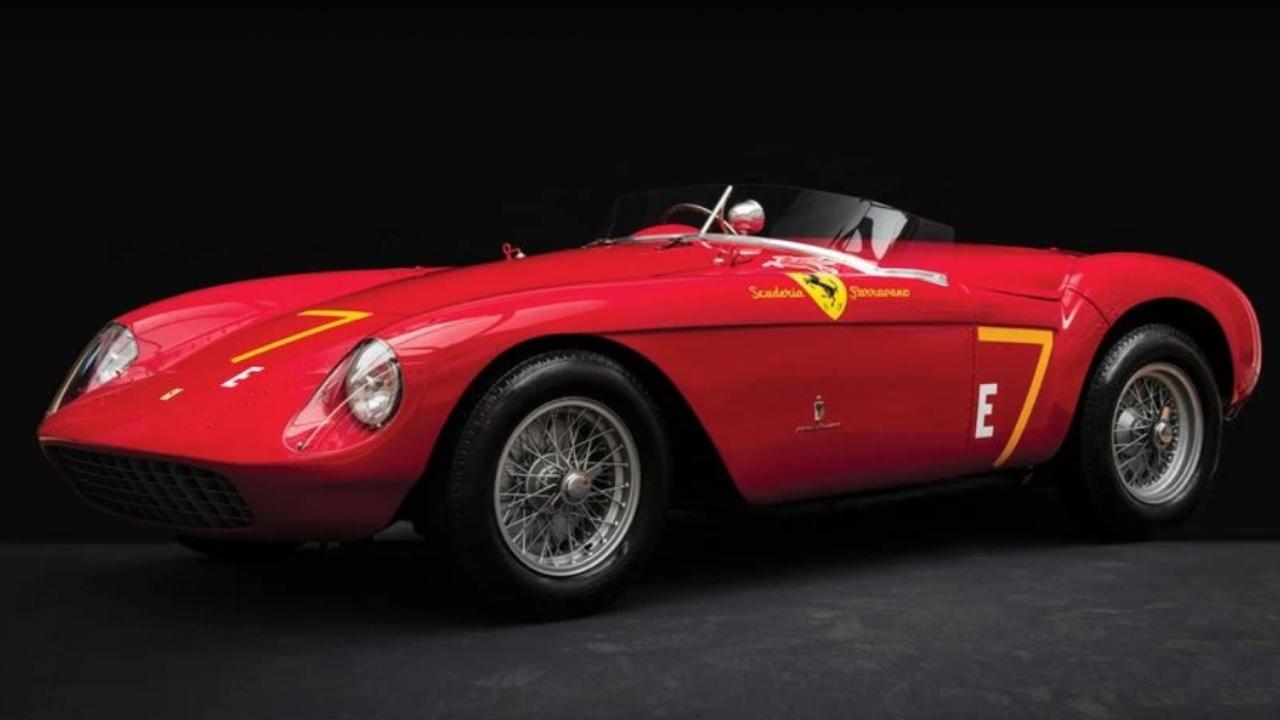
This car was the Ferrari 500, and it quickly became the most dominant machine on the grid. It won its very first race at the Swiss Grand Prix, driven by Piero Taruffi. However, its true success began when Alberto Ascari returned from competing in the Indianapolis 500. He went on to win seven races in a row, a record that remained unbroken until 2013.
With Ascari behind the wheel, the Ferrari 500 secured two back-to-back championships in 1952 and 1953. The car was so dominant that it almost went unbeaten for two entire seasons. The only race it lost during this period was the last round of the 1953 season, where Juan Manuel Fangio won in a Maserati.
The Ferrari 500’s success was due to its well-balanced design, strong engine, and the skill of Ascari. During its time, no other car could match its speed and reliability. The car played a major role in establishing Ferrari as a powerhouse in Formula 1, setting the stage for future successes.
Even though Formula 1 returned to normal regulations in 1954, the Ferrari 500 remains one of the most dominant racing cars in history. It proved that Ferrari was ready to take over the sport and marked the beginning of their legendary status in Formula 1.
4) Williams FW14B
The Williams FW14 was a groundbreaking Formula 1 car when it debuted in 1991. It was so advanced compared to its rivals that it almost seemed unfair. However, due to technical issues, it couldn’t fully challenge for the championship. Despite these setbacks, the car still managed to win seven races and finish second in the Constructors’ Championship.
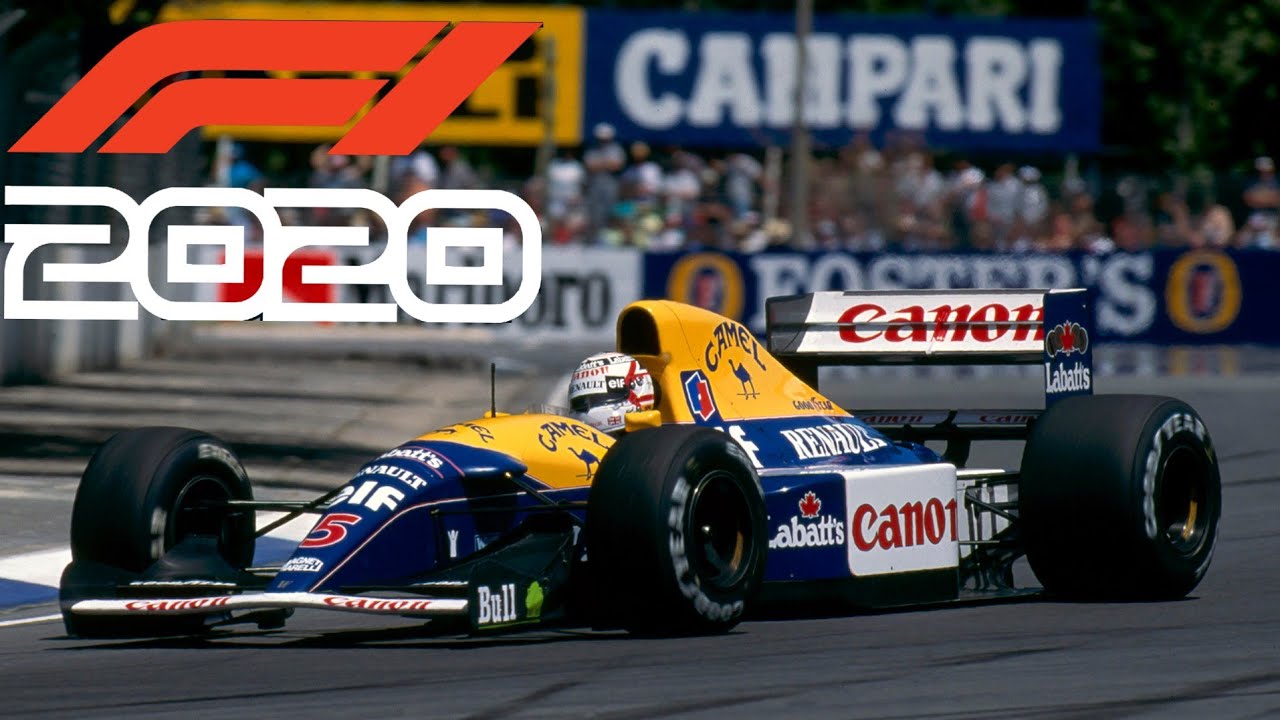
Nigel Mansell, the team’s lead driver, performed exceptionally well, winning five races. However, his title hopes were ruined by early-season problems, with the car retiring six times in just four races. These reliability issues were largely caused by an unreliable semi-automatic gearbox, which often failed during races.
For the 1992 season, Williams introduced an improved version of the car, called the FW14B. Engineers fixed the gearbox problems and added new technology, such as a better traction control system and advanced active suspension. While the changes were mostly internal, small modifications were made to the car’s suspension, making it even more dominant.
With the FW14B, Mansell was unstoppable. He won the first five races of the season, a record that was only matched by Michael Schumacher in 2004. By the end of the season, he had secured nine victories, the most wins in a single season at that time. The car also dominated qualifying, securing pole position in all but one race.
The FW14B proved that technological innovation could transform a team’s fortunes. It allowed Williams to crush the competition and secured Mansell his first and only F1 championship. The car remains one of the most advanced and dominant machines in Formula 1 history, setting the foundation for Williams’ success in the 1990s.
3) Ferrari F2002
Ferrari dominated Formula 1 from 2000 to 2004, but one car stood above the rest—the F2002. While the F2004 was also incredibly successful, winning 15 out of 18 races, the F2002 was even more impressive in the way it completely outclassed its competition.
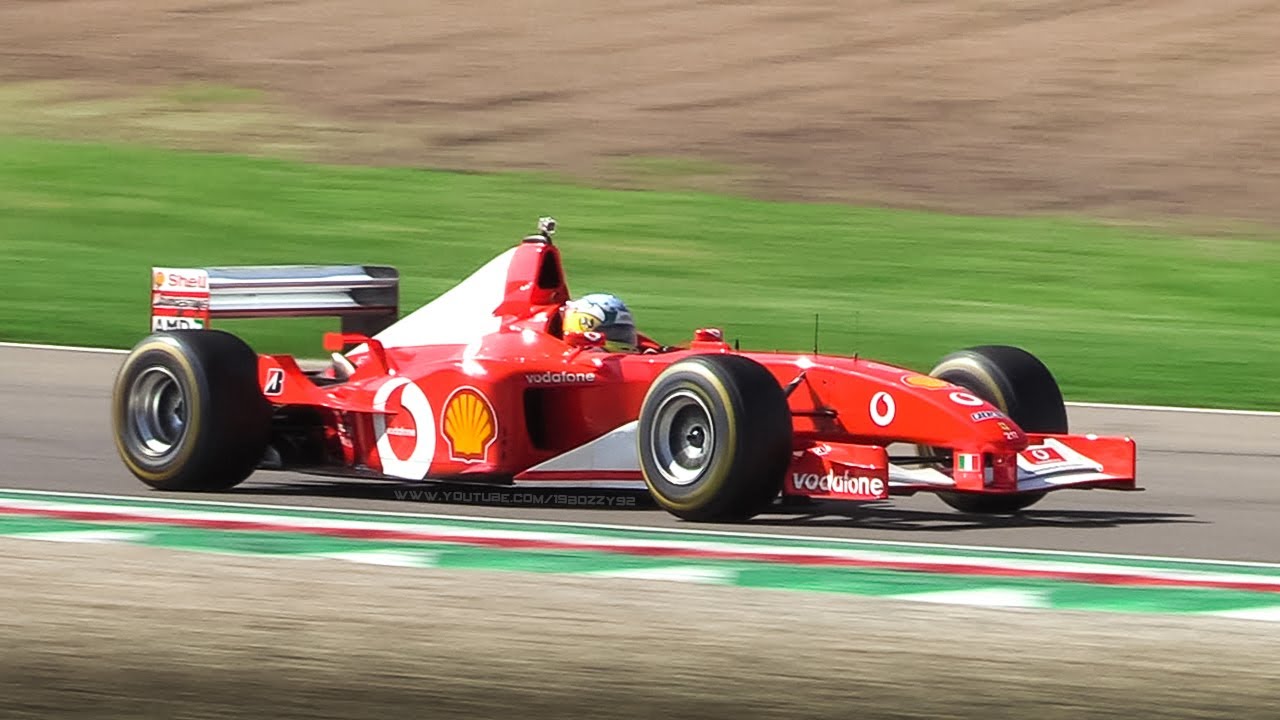
Ferrari was so confident in its performance that it didn’t even debut the F2002 until the third race of the season. The team continued using the previous year’s car, the F2001, which still managed to secure an easy victory in Australia. But when the F2002 finally hit the track, it was clear that no other team had a chance.
From the moment the F2002 made its debut at the Brazilian Grand Prix, Michael Schumacher was nearly unbeatable. He finished no lower than second for the rest of the season. If Schumacher didn’t win a race, his teammate, Rubens Barrichello, did. The car’s reliability and speed were unmatched, making it one of the most dominant machines in F1 history.
The F2002 was powered by a high-revving 3.0-liter V10 engine. While it wasn’t the most powerful on the grid—that title belonged to BMW-powered Williams cars—it had the best handling. Ferrari designed an innovative clutchless gearbox that was extremely compact, allowing for an aerodynamic rear-end layout. This made the car incredibly efficient and fast on all types of circuits.
Ferrari’s dominance with the F2002 was so overwhelming that it secured the Constructors’ Championship with nearly three times as many points as Williams, the second-place team. The F2002 is remembered as one of the greatest F1 cars ever built, setting new standards for performance and innovation in motorsport.
2) McLaren-Honda MP4/4
The McLaren MP4/4 is often regarded as the most dominant Formula 1 car ever built. During the 1988 season, it was nearly unbeatable, winning 15 out of 16 races. The only race it didn’t win was the Italian Grand Prix, where Ayrton Senna crashed into Jean-Louis Schlesser. That race was won by Ferrari, just one month after Enzo Ferrari’s passing.
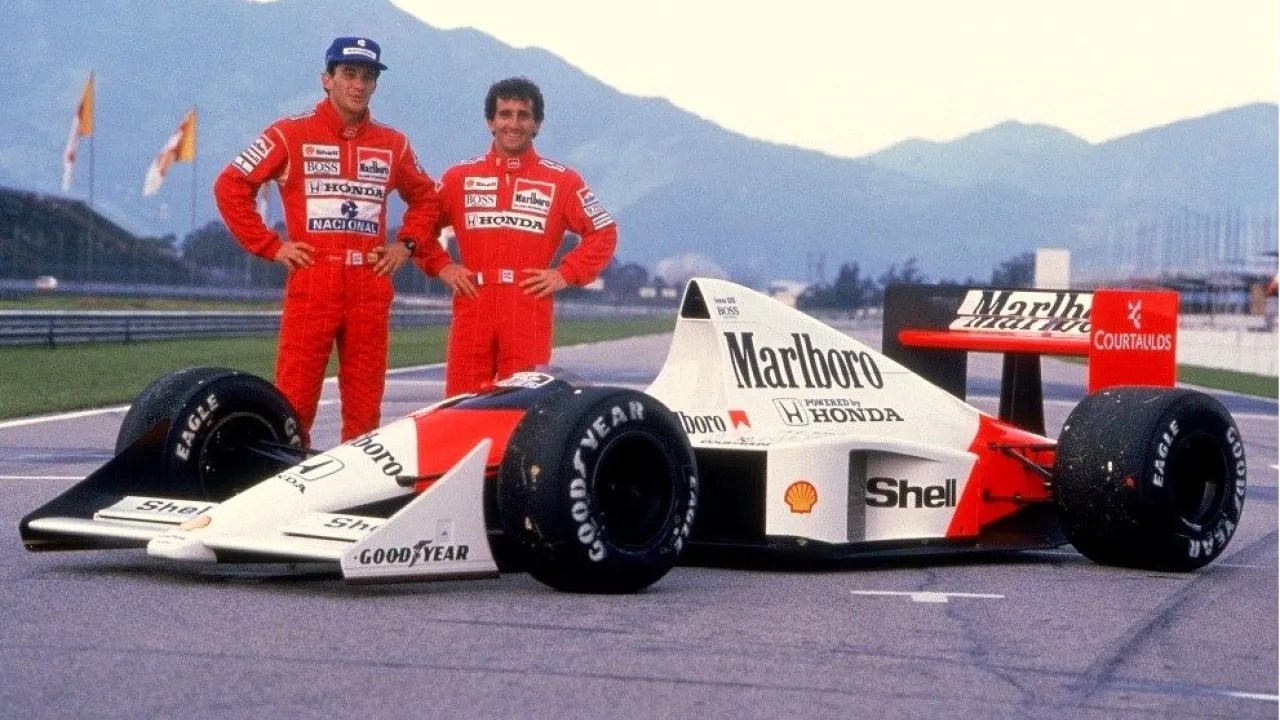
McLaren’s dominance in 1988 was made possible by a powerful Honda engine. Honda had supplied engines to Williams the previous year, but McLaren secured a deal for 1988, giving them a major advantage. The MP4/4 was designed by Steve Nichols and Technical Director Gordon Murray, and their work resulted in a car that was far ahead of its competition.
The MP4/4 was not just fast but also incredibly reliable. Even with the setback at Monza, the car won 93.8% of the races that season, a record that still stands. It also achieved ten one-two finishes, proving how superior it was. McLaren’s drivers, Alain Prost and Ayrton Senna, were evenly matched, with Prost winning seven races and Senna taking eight victories. Senna’s performance helped him secure his first of three Formula 1 world championships.
The car’s low-profile design and advanced aerodynamics made it exceptionally quick in both straight lines and corners. Combined with Honda’s turbocharged engine, the MP4/4 had a level of performance that no other team could match. It remains one of the most famous and successful F1 cars in history.
The MP4/4 set a benchmark for dominance in Formula 1, and even decades later, very few cars have come close to its level of superiority. It stands as a symbol of McLaren’s engineering excellence and Senna’s rise to greatness.
Also read: 12 Performance Cars With 1,000+ Horsepower Offering Unmatched Engine Power
1) Red Bull RB19
As the 2023 season continues, the Red Bull RB19 has already made its mark as one of the most dominant cars in Formula 1 history.
Even with several races remaining, it’s hard to imagine any other car surpassing its level of dominance. This season has already set records, and we might look back on the RB19 in 20 or 30 years as the benchmark of F1 excellence.
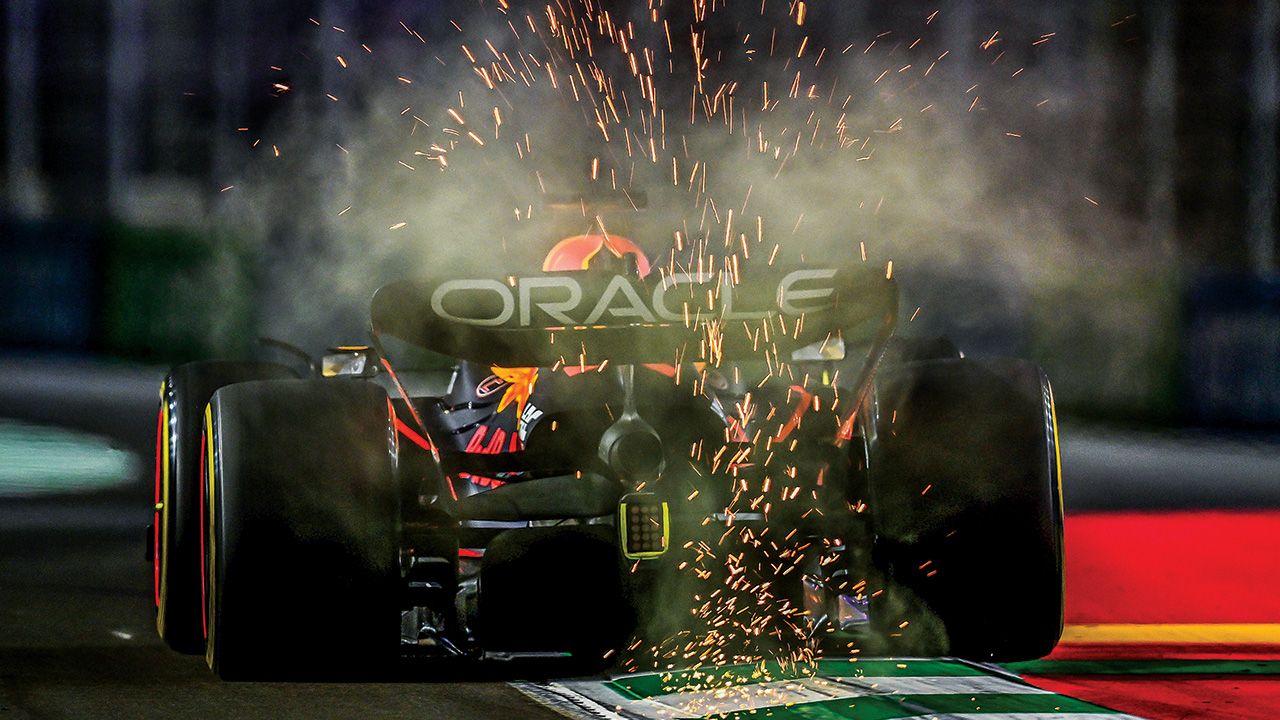
Max Verstappen’s performance in the RB19 has been nothing short of extraordinary. With the exception of one surprising result in Singapore, Verstappen has been unbeatable.
The car itself has already broken records, including 14 consecutive race victories, a feat never achieved by Red Bull before. Verstappen, too, has made history by securing ten consecutive wins, a new record in Formula 1.
But it’s not just the number of wins that makes the RB19 stand out. The way it has dominated races has been equally impressive. Throughout the season, Verstappen has maintained a significant lead of 20 to 30 seconds over his nearest competitors, even when they aren’t in Red Bull cars. This gap highlights just how much faster and more consistent the RB19 is compared to the rest of the field.
Looking ahead, it seems almost certain that the RB19 will continue to break records and set new standards for performance.
It has already rewritten the history books in multiple ways, and there is still time left in the season to see just how much more it can achieve. The Red Bull RB19’s dominance is shaping up to be one for the ages.

